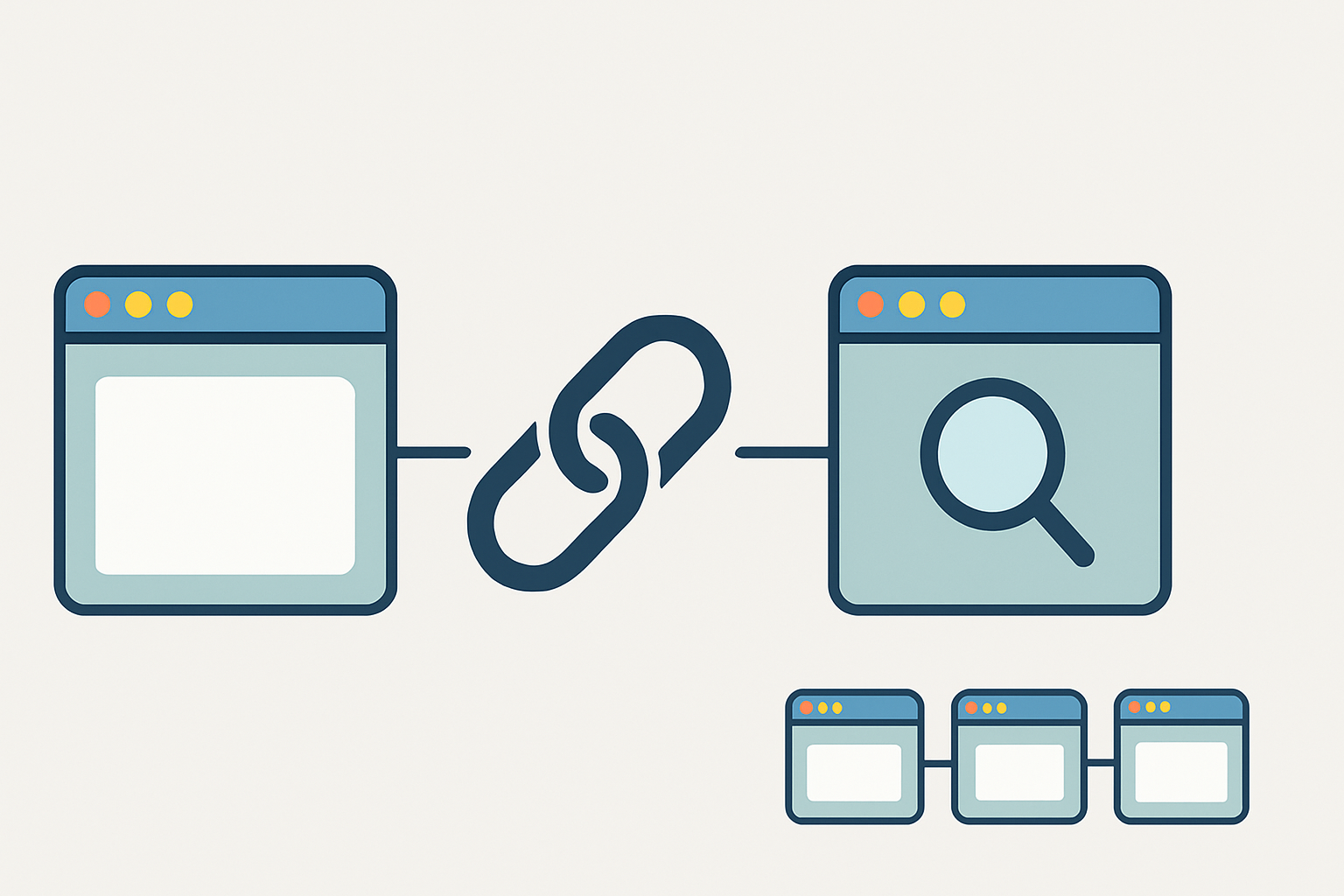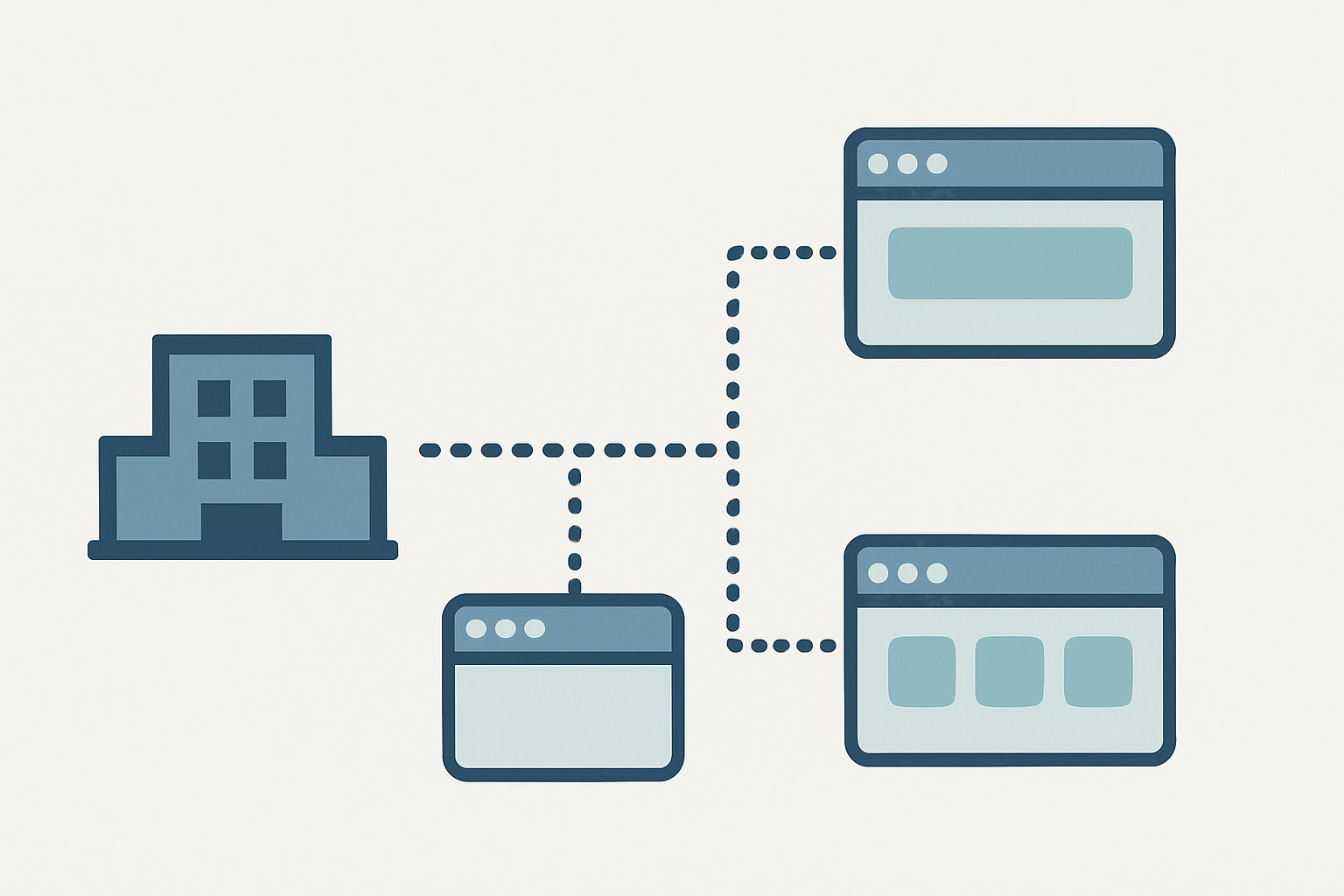How to Boost for New Website | 매거진에 참여하세요
How to Boost for New Website
#seo #link #footer #ld+json #structure #boosting #html
How to Boost SEO for a Brand New Website Using an Existing One
Launching a new website is exciting
—whether it's for a new brand, product line, or a spin-off business. But here's the catch: to Google, your beautiful new site is a nobody.
- No backlinks.
- No authority.
- No trust.
So, how do you make sure it doesn’t get stuck in SEO limbo for months?
Simple: you borrow trust from your existing website.
Think of it as giving your new site a head start by forming visible and structured relationships with your main site.
Let’s break down how to do this right.
Why Link the New Site with the Old One?
Your existing site has built up a solid reputation over time. It's indexed, it has backlinks, it’s trusted. Search engines love it.
By linking from that site to your new one in the right way, you're essentially saying,
“Hey Google, this new site is part of the family.”
Links are interpreted by search engines as bridges of trust. The better the bridge, the faster the new site gains visibility.

How to Link Them — the Right Way
Not all links are equal. You want them to be natural and contextually relevant.
✅ Good Example:
<p> Check out our full product lineup and latest offers at our <a href="https://shop.example.com" target="_blank">official store</a>. </p> CopyEdit
This link is part of a meaningful sentence, wrapped around relevant keywords, and opens in a new tab
(thanks tot arget="_blank" for better UX).
❌ Bad Example:
A tiny URL buried in the footer with no context.
A generic “Visit our other site” button with no content tie-in.
Overstuffed pages with low-quality cross-links.
Remember: relevance > quantity.
Use Navigation and Footer for Persistent Context
It’s not just about blog posts. Site-wide elements like navigation bars and footers can also signal a relationship between your websites.
Here’s a quick example:
<header> <nav> <ul> <li><a href="https://example.com">Main Site</a></li> <li><a href="https://shop.example.com">Store</a></li> <li><a href="https://support.example.com">Support</a></li> </ul> </nav> </header> <footer> <nav> <ul> <li><a href="https://example.com/about">About Us</a></li> <li><a href="https://shop.example.com">Shop</a></li> <li><a href="https://example.com/contact">Contact</a></li> </ul> </nav> </footer> This approach helps users navigate while reinforcing the connection between your digital properties.
Use JSON-LD to Declare Relationships
Google loves structured data. Using JSON-LD, you can explicitly tell search engines that your websites belong to the same organization.
<script type="application/ld+json"> { "@context": "https://schema.org", "@type": "Organization", "name": "Example Corp", "url": "https://example.com", "logo": "https://example.com/logo.png", "sameAs": [ "https://shop.example.com", "https://support.example.com" ] } </script>
You can embed a similar JSON block on both sites to declare ownership and alignment.

Run a Joint Promotion or Event
- Want to supercharge that connection?
Launch a joint promotion between the two sites:
Write a blog post on your main site announcing the new one.
Host a giveaway on the new site and drive traffic from the old.
Feature each other’s banners or product highlights.
Not only does this help SEO, it also drives real user traffic between the two domains, reinforcing their relationship.
Submit Sitemaps Separately
Each site should have its own:
- XML sitemap
- Google Search Console (GSC) registration
Make sure yourrobots.txt isn’t blocking important URLs. Keep your sitemaps up to date, especially after launch.
Bonus: Simple Table of What to Do
Element | Action |
|---|---|
Navigation/Footer | Add direct links to the new domain |
In-content Links | Link naturally within blog posts or feature pages |
Structured Data | Use JSON-LD to declare organizational ties |
Sitemap | Create and submit sitemaps to GSC |
Joint Campaigns | Collaborate on events and co-marketing pages |
But Don’t Overdo It…
In the beginning, these connections are helpful. But once your new site gains its own SEO momentum, step back a little.
Too many internal links can eventually dilute SEO authority.
Treat your new site as its own property over time — build its own backlinks, content, and audience.
And of course, don’t forget the SEO fundamentals:
- Mobile responsiveness
- Fast page speed
- Avoiding duplicate content
- Clean site architecture
In Summary
Launching a new website doesn’t have to mean starting from zero.
By thoughtfully connecting it to your main site, both structurally and contextually,
you can give it a running start — in both the eyes of users and search engines.
Just remember: relevance, structure, and consistency win the SEO game.
SEO research reference: bunzee.ai






